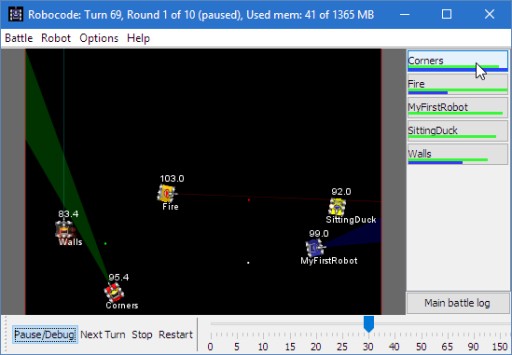

How to code arithmetic expressions How to work with string variables How to declare a class and a main method How to work with numeric variables Richard Wiener, Editor-in-Chief, Journal of Object Technology The narrative is totally accurate and focuses on important issues it is not dumbed down. “The style is clean, very user friendly, and simple. Jeff Salter, Sacramento Java Users Group (SacJUG) “ Murach's Java is now my go-to source for reference and learning and brushing up, well above and beyond the other books in my collection.” “Terrific - Fantastic - Superlative! WELL worth several times the purchase price.” Robert Liguori, Tech Center Java User Group If this book isn’t on your bookshelf, you should get it there." "Ever have someone come in your office with a Java question, and you reach for a certain book that you know has the answer in it? When needing assistance with the core features of Java, Murach’s Java Programming is the resource that supplies these answers, both quickly and completely. Once again, a Murach book adds clarity that’s hard to find elsewhere." The information is so clear, it beats what I read in the Java tutorials on the Oracle web site. "I’m reading the part of the book that discusses the nio package.

This book brought me up to speed really fast, and it even has a chapter on XML, which is used in Android."
#JAVA PROGRAMMING ANDROID#
"I bought this book to brush up on my Java programming skills in preparation for doing some Android programming. “If I’d seen this book first, I would not have wasted money (and time) on 6 other books! This one is highly organized, clear, and very effective as a learning tool.” “I bought your Java book a week ago and I am already writing useful programs, not ‘toys!’”

Donna Dean, IS Trainer, Chicago, Illinois

“Finally there is a Java book for serious programmers doing real life business applications.” Section 6 shows you how to work with threads and how to deploy your finished applications using executable JAR files or Java Web Start. Here, then, you’ll learn how to: work with text, binary, and XML files embed an Apache Derby database in an application and use JDBC to work with any database. To complete your OOP training, section 5 shows you how to write data access classes that store the data for objects in a file or database. Here, you’ll learn how to handle events, validate data, and populate objects to create applications that aren’t just useful, but easy-to-use as well. Section 4 shows you how to use the popular Swing GUI Builder that comes with NetBeans to develop GUI applications. In section 3, you’ll learn more of the core Java features that you’ll use all the time, like how to work with arrays, dates, strings, exceptions, enhanced for loops, try-with-resources, and more! Because each chapter in this section is independent of the others, you can add these skills to your resume whenever you need them. At that point, you’ll know how to develop real-world, object-oriented, business applications. Section 2, on object-oriented programming, cuts through the mystery of inheritance, polymorphism, and the factory pattern so you can learn how to create and use sophisticated business and data access classes. Starting from chapter 1, you’ll take advantage of the time-saving features that an IDE provides as you use NetBeans to create, compile, run, test, and debug Java applications. That gets you off to a fast start in Java whether you’re a beginner or have years of programming experience. You’ll be writing your first complete Java applications at the end of chapter 2! Build realistic applicationsīy the end of chapter 5, you’ll know how to use Java classes, objects, and methods to write bulletproof applications that use custom methods to validate user input.


 0 kommentar(er)
0 kommentar(er)
